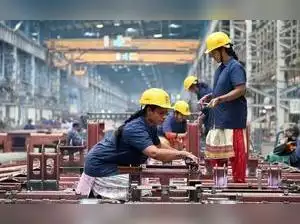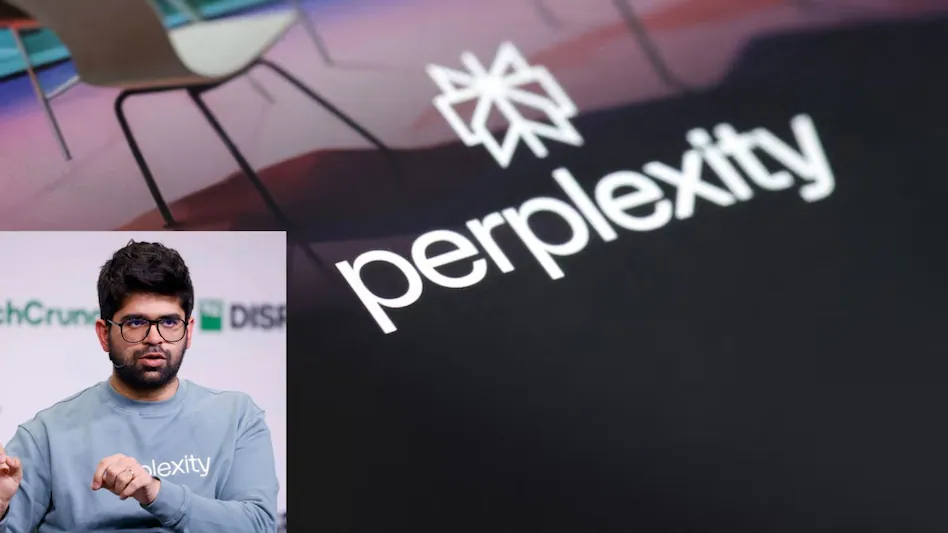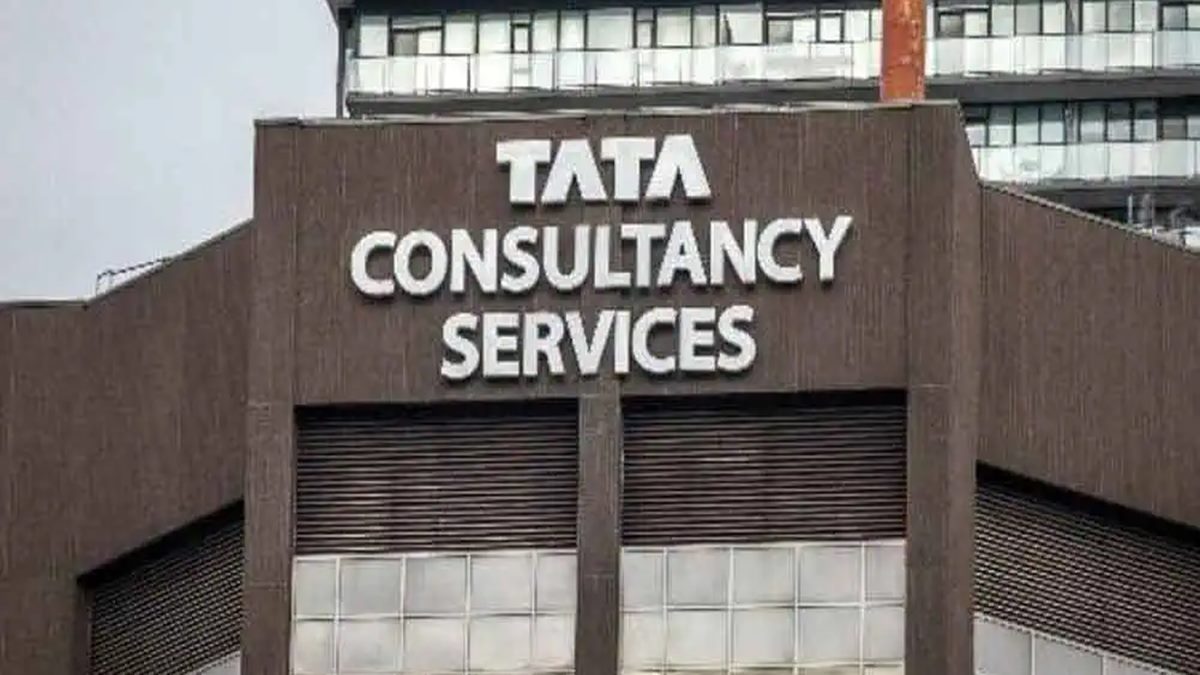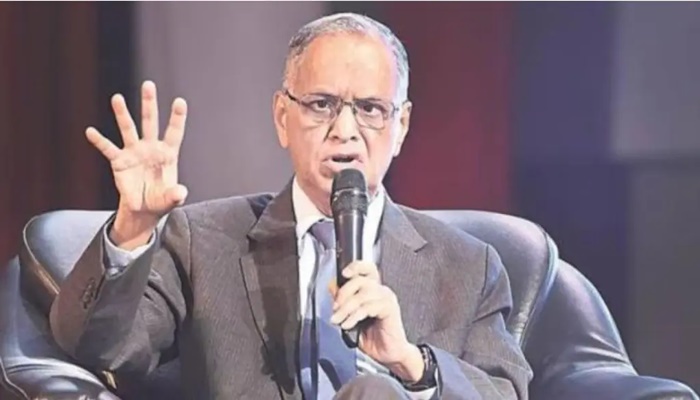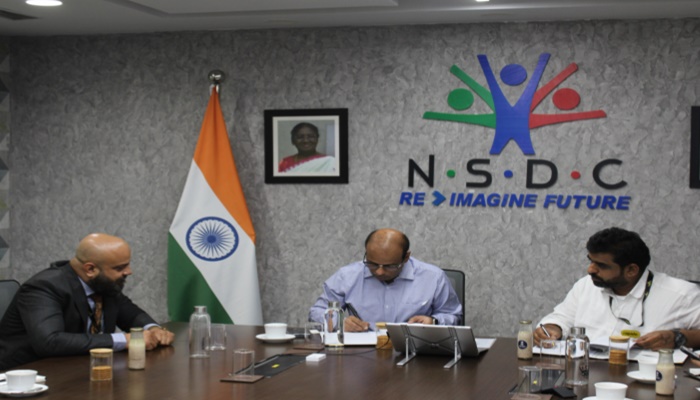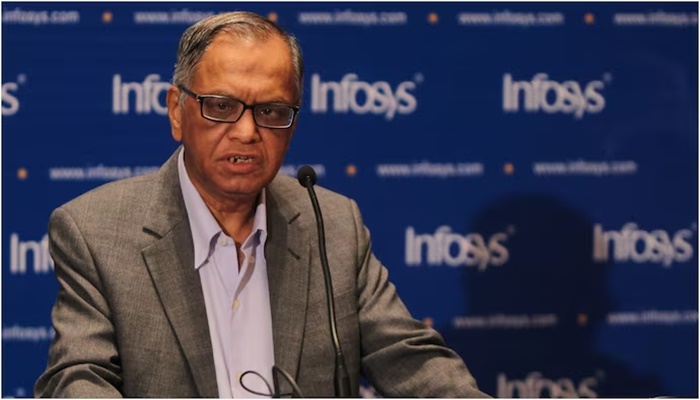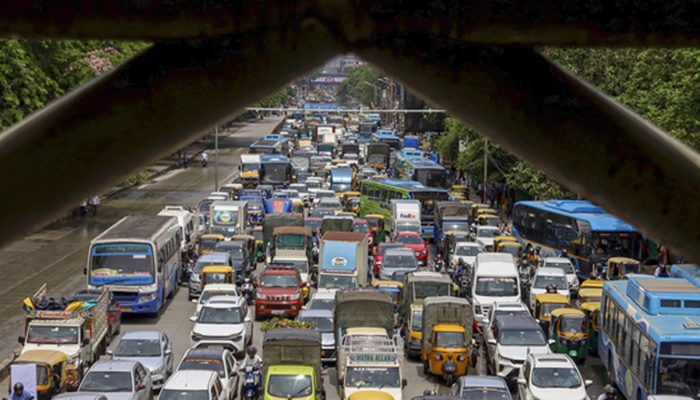When Genpact rolled out a 10-hour workday policy, criticism surfaced swiftly on LinkedIn and Twitter. A comment by an employee described the move as “silent layoffs through policy design.” Another quipped, “If you love work more than life, Genpact is your soulmate now.” These were not just jokes or jabs. They were statements of intent by a generation that sees time, autonomy, and meaning as non-negotiable.
The responses indicate a fundamental shift: Gen Z professionals in India are no longer waiting for outdated systems to adapt. They are already forming judgments, drawing boundaries, and walking away when organisations fail to meet their expectations. With this cohort now creating more than 35 percent of India’s white-collar workforce and projected to become the majority by 2030, the question before Indian HR leaders is immediate and pressing: Will we redesign our systems for Gen Z, or will we continue to lose them?
Gen Z, born between 1997 and 2012, brings a professional mindset shaped by real-time feedback, global social movements, technological hyperconnectivity, and the post-pandemic recalibration of life priorities. Their expectations are not superficial. They demand transparency, personalisation, and dignity in the workplace.
According to a Deloitte India study, 42 percent of Gen Z professionals are unhappy with their compensation structure, not because the salary is insufficient, but because its logic is opaque. More than 50 percent report feeling emotionally disconnected from their organisations. This is not about perks or promotions. It is about alignment with identity, agency, and aspiration.
Industry voices are beginning to catch up. Anand Mahindra publicly remarked that Gen Z is not afraid to walk away from anything that fails to serve their sense of self. Data supports this view. Gen Z employees in India stay in a role for less than 18 months on average, despite their hiring costs being nearly 40 percent lower than mid-career hires. Companies are filling seats faster, but are unable to hold minds and hearts. This silent churn erodes institutional knowledge, continuity, and leadership pipelines.
The challenge is compounded by demographic urgency. While India expects to welcome more than 34 million new entrants into the formal workforce by 2028, economies such as Japan, Germany, and South Korea are experiencing a decline in their workforce. Their median workforce age is rising, while birth rates are falling. India, by contrast, has a demographic goldmine —a young, working-age population that can drive global production, innovation, and consumption. However, that dividend will not be converted automatically. It requires both corporate reform and public infrastructure.
HR systems in India must evolve from being reactive administrators to proactive enablers. This means reimagining five core pillars: performance management must become feedback-rich and real-time; learning systems must be modular, on-demand, and outcome-driven; compensation design must include transparency and a linkage to impact; well-being programs must extend beyond tokenism into an embedded culture; and employee engagement must shift from event-based activities to long-term community building.
Organisations like TCS, Zomato, and Accenture India are piloting micro-mentorship pods, project rotations, and AI-based career guidance platforms. These are welcome starts, but systemic transformation is still nascent.
Equally vital is the role of government. Managing Gen Z is not just a corporate strategy. It is a national priority. Just as Japan now struggles to reskill an ageing population and Europe subsidises eldercare, India has a window to act differently. Skilling initiatives must be revamped for agility, emphasising digital literacy, climate-tech, entrepreneurship, and human-centric service capabilities.
Labour policies must strike a balance between protecting flexibility and not stifling innovation. The National Education Policy must link more directly with workplace readiness. And public-private partnerships must be structured to accelerate workforce development, not merely at elite institutions but across Bharat, including tier-two and tier-three towns where the next wave of talent will rise.
Internationally, India has the rare advantage of time and numbers. However, as automation, AI, and decentralised work reshape global employment, even demographic strength will mean little if it is mismanaged. Countries with older populations are designing AI governance and robotics for care. India, with its youth advantage, must design human systems that support learning, psychological safety, and collaborative intelligence. This is our moment to lead, not follow.
Gen Z will not tolerate top-down hierarchies or meaningless metrics. They will leave, speak out, or build their ecosystems, from startups and gig platforms to solopreneur careers. The swipe left is symbolic. It tells us which systems feel irrelevant and which ones still inspire.
Indian HR must listen more carefully. It must reimagine not just how it attracts talent, but also how it co-creates value with a generation that is here to stay, only if we are willing to meet them where they truly are.
